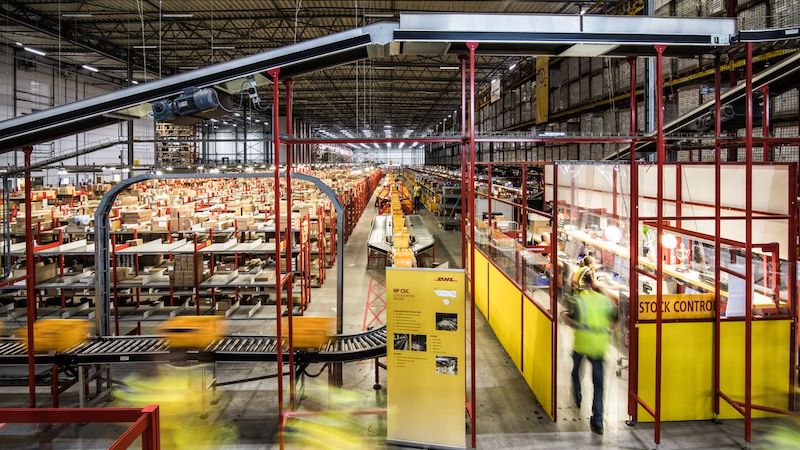Grow your business with the Discover newsletter
Logistics advice & insights straight to your inbox
Subscribe now
E-commerce has been exponentially increasing its share in the retail market industry since the mid-2000s, and the numbers have continued to grow even faster as a result of the ongoing pandemic. A McKinsey survey has found that companies are three times more likely to conduct 80% of their customer interactions online than before the pandemic. Furthermore, statistics from Statista have also shown that global e-retail revenues will rise to US$6.15 trillion in 2023, a US$2.8 trillion increase from 2019.
Coupled with the rapid technological advancements in the fulfilment and logistics industry, this just means that a lot of the infrastructure for taking your business online is in place. All you need to know is the steps to make it a smoother transition. And, this article aims to provide you with tips to get started.
In addition to leveraging current e-commerce trends to shift your business from offline to online, there are other advantages of taking your business online:
Feasibility to operate from anywhere: Current, as well as prospective customers, can view and place an order for your products and services any time, anywhere.
Lower operating costs: Brick-and-mortar stores have higher overhead costs, taxes, and rent to pay. However, taking your business online would require you to purchase only a domain name and hosting packages, with just a small investment in digital marketing that will drive a more significant impact and remain cost-effective in the long run.
Globalisation – Online businesses have the upper hand in facilitating demand from global customers, allowing business owners like yourself to sell their products internationally without the set-up of a physical vendor in the region.
Data is a valuable resource and the cornerstone of any successful digital transformation. With the right data, you can gain actionable insights into your customers and their behaviours, develop an effective market entry plan, and make informed business decisions to drive your brand forward.
When you first take your business online, the data you collect will grow significantly. You need to gather data about your target audience as well as your competitors to formulate an effective market entry plan that will set your brand apart. For instance, the data can also help you decide whether or not your brand should adopt a long-tail e-commerce strategy to reach an international target audience and drive business growth.
Though you may be collecting a lot of data at this point, what matters most is how you manage them. It is best to first determine which data is authentic, useful, and accurate before unifying all of it.
Taking your business online also means your channels of customer engagement will increase. Aside from your e-commerce site, there are other online platforms, including social media, email, mobile, and more, that you will need to manage. Instead of treating each channel independently, customers these days expect brands to offer a consistent experience across all platforms. As such, it is essential to adopt an omnichannel approach by being more customer-centric.
This involves understanding your customers' channels to interact with your brand. As a prospective or an existing customer hops between your online and offline channels, it is important to consider every interaction to create consistent and personalised messaging, to ensure a seamless shopping experience.

The pandemic has exposed the supply and logistical inefficiencies of many online retailers – many logistics companies were not set up to deal with the sudden surge in orders and the closure of or inaccessibility to overseas suppliers. As such, there were many delivery delays globally, NCA NewsWire reported.
To make your business more resilient, it is encouraged to think carefully about your supply processes. For instance, will you be shipping internationally, or are you keeping things local? What will your returns policy be?
Selecting a logistics partner is crucial to help fulfil and enhance your customer’s experience. Having a reliable, experienced, and reputed logistics partner can help your business handle operations and customer service efficiently and profitably.
In a nutshell, taking your offline business online offers you a cheaper, easier, and more efficient business environment, especially when you have identified your ideal e-commerce market. From low overhead costs to implementing marketing strategies through online advertising and fast transaction processes between your customers and brand, moving your business online gives you more flexibility than a brick-and-mortar store can.
Here at DHL Express, we endeavour to fulfil our customers’ shipment needs as a reliable international shipping provider. Our vast connections to multiple global locations, advanced supply chain processes, and adaptability to the latest technologies have allowed us to deliver timely shipments to every customer. Let us safeguard your business reputation and help you make your move from offline to online, an easy one. Why not get started with a business account with us today?